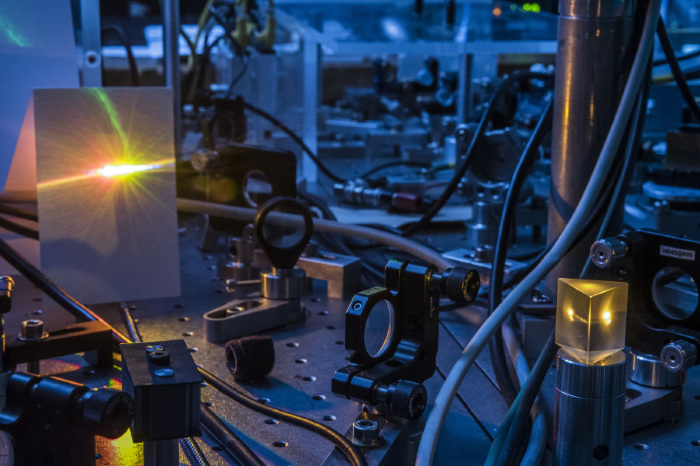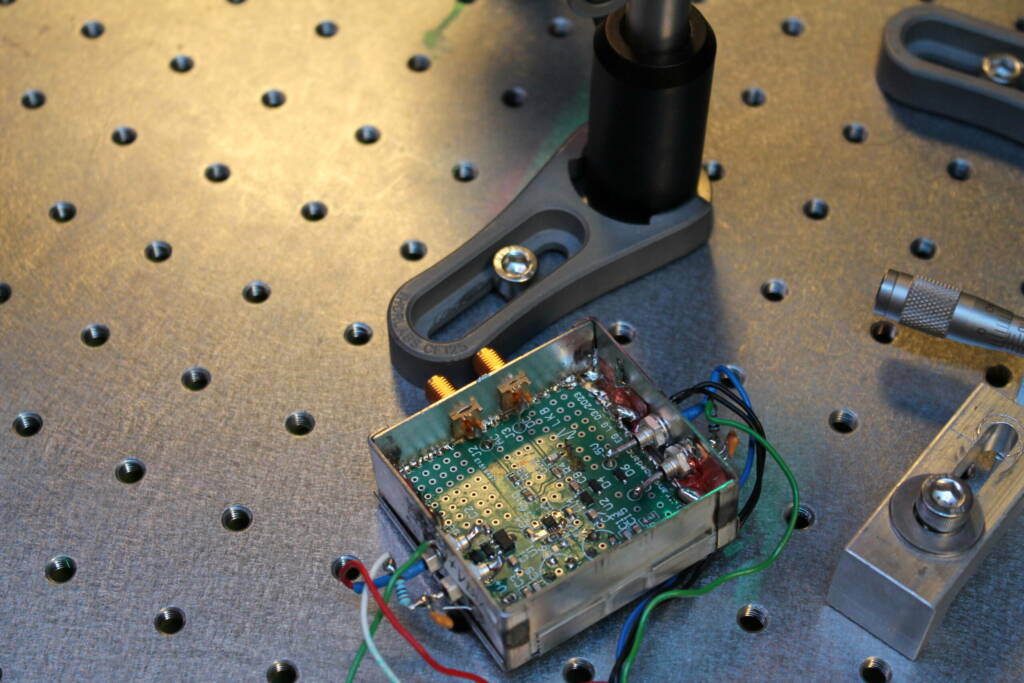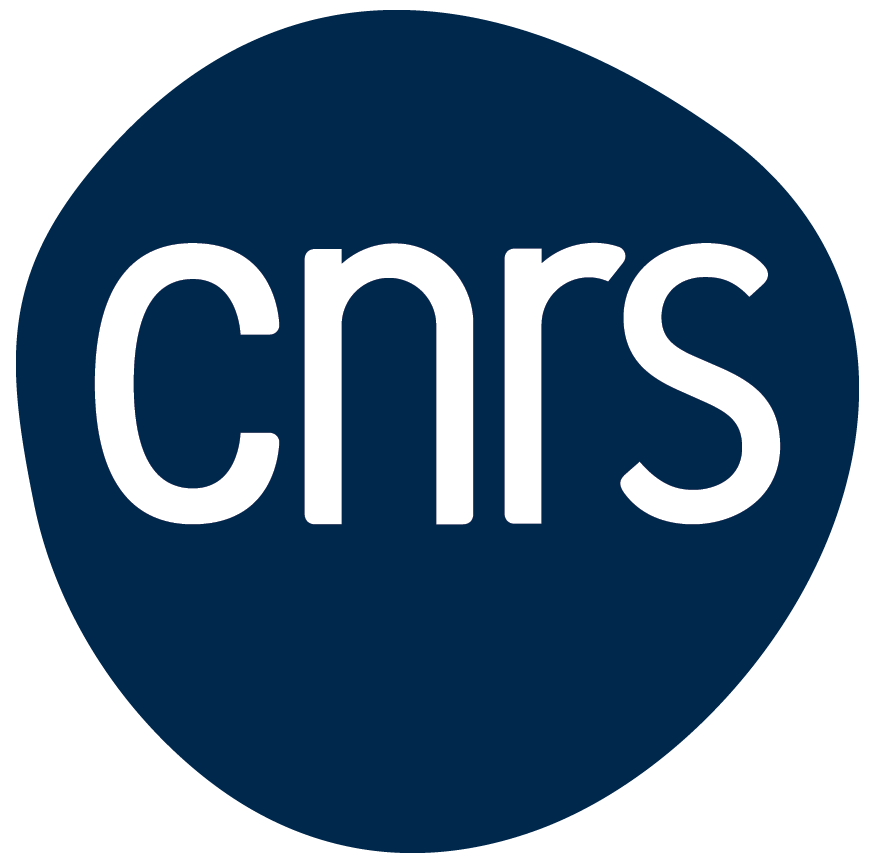Controlled Generation of Vortices in a Superfluid of Light
“One of its most intriguing properties is superfluidity, which manifests as the absence of friction when the fluid flows.”

The polaritons we study are composite particles formed from a light component (the photon) and a matter component (the exciton). When these polaritons accumulate in large quantities, they interact strongly with each other due to their matter component. We can observe their behavior by extracting their light component and analyzing it using optical tools.
An important property of these interacting polariton ensembles is the formation of a fluid with remarkable properties stemming from its quantum nature. One of its most intriguing properties is superfluidity, which manifests as the absence of friction when the fluid flows.
The observations we have just published, in collaboration with colleagues from the Universities of Sheffield and Southampton, were obtained using polariton superfluids. The principle is simple: we create four counter-propagating polariton fluids arranged in a square geometry (as shown in the accompanying figure).
Next, by varying the flow angle of the fluids, we force the resulting fluid, formed by the interaction of the four flows, to start rotating. The result is the formation of a small vortex at the center of the square.
What happens if we make this fluid rotate faster and faster? To find the answer, we simply increase the flow angles of the fluids. When imagining rotating water, one would expect to observe a vortex whose size increases. However, in the case of a superfluid, we instead see the appearance of first two, then three, then four vortices of the same size, and so on. These are known as quantized vortices. This phenomenon is due to the quantum nature of the polariton superfluid.
We have thus demonstrated that we can generate quantized vortices in a controlled manner. Furthermore, using a classical approach, we calculated the angular momentum injected into the superfluid as a function of the pump angles, and we showed that the integer part of this classical quantity corresponds to the angular momentum carried by the vortices observed in the superfluid.
For more information:
T. Boulier, E. Cancellieri, N. Sangouard, Q. Glorieux, A. V. Kavokin, D. Whittaker, E. Giacobino and A. Bramati, Phys. Rev. Lett. 116, 116402 (2016) Title : Injection of Orbital Angular Momentum and Storage of Quantized Vortex in Polariton Superfluids
http://journals.aps.org/prl/abstract/10.1103/PhysRevLett.116.116402Contact: Alberto Bramati
Read also
CNRS Recruitment – Join the LKB
External Recruitment for Researchers (M/F)
Nathan Goldman is among the Highly Cited Researchers
Clarivate list



